|
As I mentioned last time, another tool that can be
used to take close-up photos is a digital camera. Like
any method, there are advantages and disadvantages to
using a digital camera. Depending on your needs, either
a digital camera or a film camera might be the best choice.
The first and possibly greatest advantage digital cameras
have over film cameras is the fact that they don't use film,
so you don't have to visit a photo developer before you can
use your pictures. Simply snap your pictures, download them
onto a computer, then crop, edit and otherwise manipulate
the pictures as needed. Since you don't use film, there
are no developing costs to worry about and your pictures
are ready for use almost immediately.
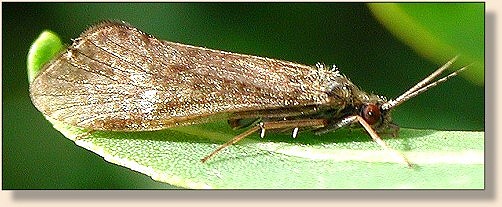
Digital cameras store all their images either inside the
camera or on thin disks about the size of a saltine cracker.
What seems amazing is, depending on the capacity of the disk,
each disk can store as many pictures as three or more rolls
of standard 36 shot film. Airport x-ray machines don't
alter the characteristics of the images on digital film,
and a pocket full of digital cards is equivalent to way
more than a pocket full of standard film.
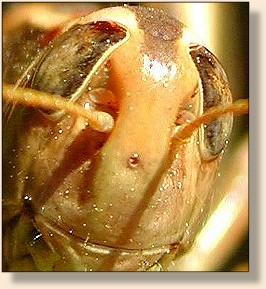
The next advantage most digital cameras have over traditional
film cameras is their ability to balance your existing
light to create correct colors. Incandescent and fluorescent
lamps create a color shift on film that can ruin a picture,
but that color shift can be balanced out on a digital camera.
The result is a picture with correct colors, all with common
lighting implements, even a flashlight if that's all you have
available. If you use artificial light with film, you either
have to use expensive and sometimes very hot lights, or you
have to use an expensive flash array. Digital lighting is
far less complicated.
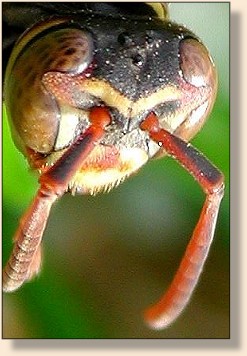 Many digital cameras have excellent macro modes and can
take surprisingly clear and detailed pictures up close.
I can get close enough for pictures of a bee or grasshopper
that show individual specks of pollen on their body or head.
If you want to count the barbs on the leg of a caddisfly,
a quality digital camera is a good place to start.
Many digital cameras have excellent macro modes and can
take surprisingly clear and detailed pictures up close.
I can get close enough for pictures of a bee or grasshopper
that show individual specks of pollen on their body or head.
If you want to count the barbs on the leg of a caddisfly,
a quality digital camera is a good place to start.
The key to detailed digital pictures is a high pixel count.
The best digital pictures are produced from cameras with the
highest pixel count. If you want decent 4X6 pictures from
your digital camera, you need a pixel count of 2 megapixels
or higher. A camera with 3.2 megapixels or more will produce
nice 8X10 pictures. If you want magazine cover photo quality,
you want a camera that has a 4 to 5 megapixel count or higher.
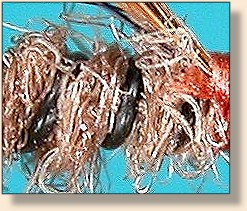
Perhaps the greatest macro advantage I've found with digital
cameras is the increased depth of field I get in the macro
mode. In some cases, that depth of field is three times as
deep as the depth I get with a film camera and my best macro
lens. Increased depth of field provides sharper pictures
that are in full focus on both sides of the fly. I like that.
I use a Nikon digital camera with a 3.2 megapixel count. As
long as I don't crop the picture, it produces very nice 8x10
prints. It can magnify an item to several times its real size
in the macro mode. A bonus is the fact that my camera is small
enough to fit in a shirt pocket. The colors it captures are
incredible. For anything close, it's my favorite camera,
especially if I'm using artificial lighting.
Digital has a few problems you need to be aware of too. They
are very, very susceptible to damage from moisture. Even a
little saltwater will destroy these machines, and a drop of
freshwater in the right place will send you looking for
another camera. Maybe someday soon somebody will create
quality digital that is waterproof, but that hasn't happened
yet and I don't know of any in the works. In the meantime, protect
yourself and get an Aquapac waterproof bag. (See the Sponsor
page.)
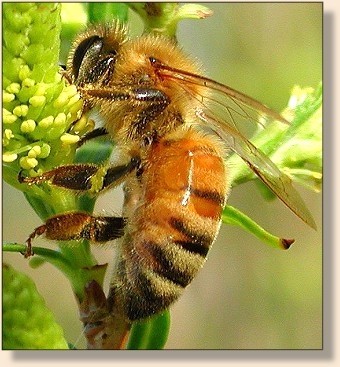
Another problem with affordable (under $1000) digital cameras
is the fact that most don't have interchangeable lenses.
You're stuck with the lens and optical telephoto range of
the camera. Some companies offer magnifying lenses that
fit over the camera's lens, but they are nothing more
than magnifying filters with all the depth of field and
lighting problems associated with that type of device.
If you don't have a fast computer with plenty of Random
Access Memory (RAM), manipulating your digital photos will
either be a pain in the backside or impossible for you to
accomplish. Most photo developing companies now offer
digital developing, but it is just as costly or maybe
even more costly than regular film developing, and most
won't manipulate the image for the best color or details
for you. If you want to get the most out of your digital
photos, you need a good computer and a good photo-capable
printer to go with it.
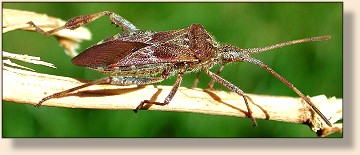
Finally, if you want to publish your digital photos or get
them published, you need some good imaging software to go
with your good computer. There are several good ones on
the market with Adobe PhotoDeluxe on or near the top of
the desirable list, but that software will empty your wallet
of about as much cash as the camera cost. Other brands of
software can do a good job, but you won't get the ease and
full features the costly software offers. (Castwell uses
U Lead Photo Impact for this website.) The software that
comes bundled with your camera is usually just a
minimum-featured program; good for web sites and family
photos, but useless or at least difficult to use for
publication.
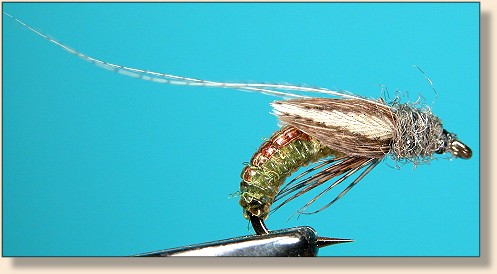
I won't try to tell you which camera to buy or what is on
the market right now that will deliver the best pictures.
I know there are several companies that make digital cameras
that will deliver great photos and I believe that the guys
who already produce good film cameras are either at the top
or at least close to the top of the list. Considering the
fact that Sony has teamed up with Carl Zeiss to provide a
digital camera with Zeiss glass, I'd have to list them near
the top too. I won't say one brand is better than the other;
but I do think my choice of Nikon camera equipment was a
good one based on the quality for cost equation.
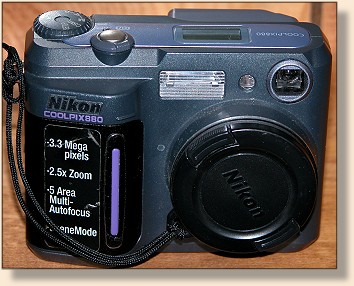
My personal equipment includes a Nikon CoolPix 880 digital
camera. At 3.2 megapixels, it is capable of producing
crystal-clear glossy pictures that cover half a page in
printed magazines. I also have a 1.2 giga-hertz computer
with more than 720 meg of RAM and four hard drives to
manipulate and store my images. I use five different types
of imaging software to tweak and adjust my digital photos.
I have a Canon FS-4000US slide scanner that scans slides
at a density of 4000 pixels per inch (that's better than
many magazines have). My HP Deskjet 5550 color printer
can produce color photos from my digital images that will
rival anything you can get from a photo-developing company.
My newest acquisition is the Nikon 5700 below, I'm still
experimenting to see what it will do.
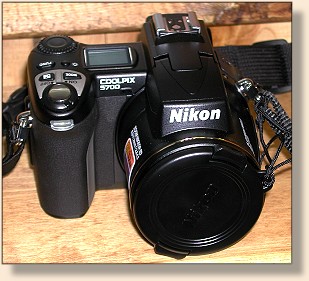
That said; keep in mind that I'm a professional writer and
photographer who has the advantage of deducting the cost of
his equipment from his taxes. I roll virtually all of my
writing and photography income over into more and better
equipment to keep ahead of the game. As Hans Weilenmann
might say, "your mileage may vary." If you don't have,
and can't afford that type of equipment; get the best
you can afford. Cutting corners on the quality of your
equipment will only limit the quality of your photos and
increase the time and frustration it takes to get the
results you want.
Next time we'll look at lighting and how you can improve
the look of your photos with the right lights in the right places.
~ AC
|
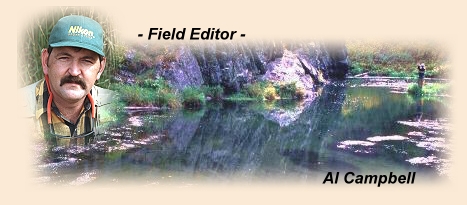








 Many digital cameras have excellent macro modes and can
take surprisingly clear and detailed pictures up close.
I can get close enough for pictures of a bee or grasshopper
that show individual specks of pollen on their body or head.
If you want to count the barbs on the leg of a caddisfly,
a quality digital camera is a good place to start.
Many digital cameras have excellent macro modes and can
take surprisingly clear and detailed pictures up close.
I can get close enough for pictures of a bee or grasshopper
that show individual specks of pollen on their body or head.
If you want to count the barbs on the leg of a caddisfly,
a quality digital camera is a good place to start.